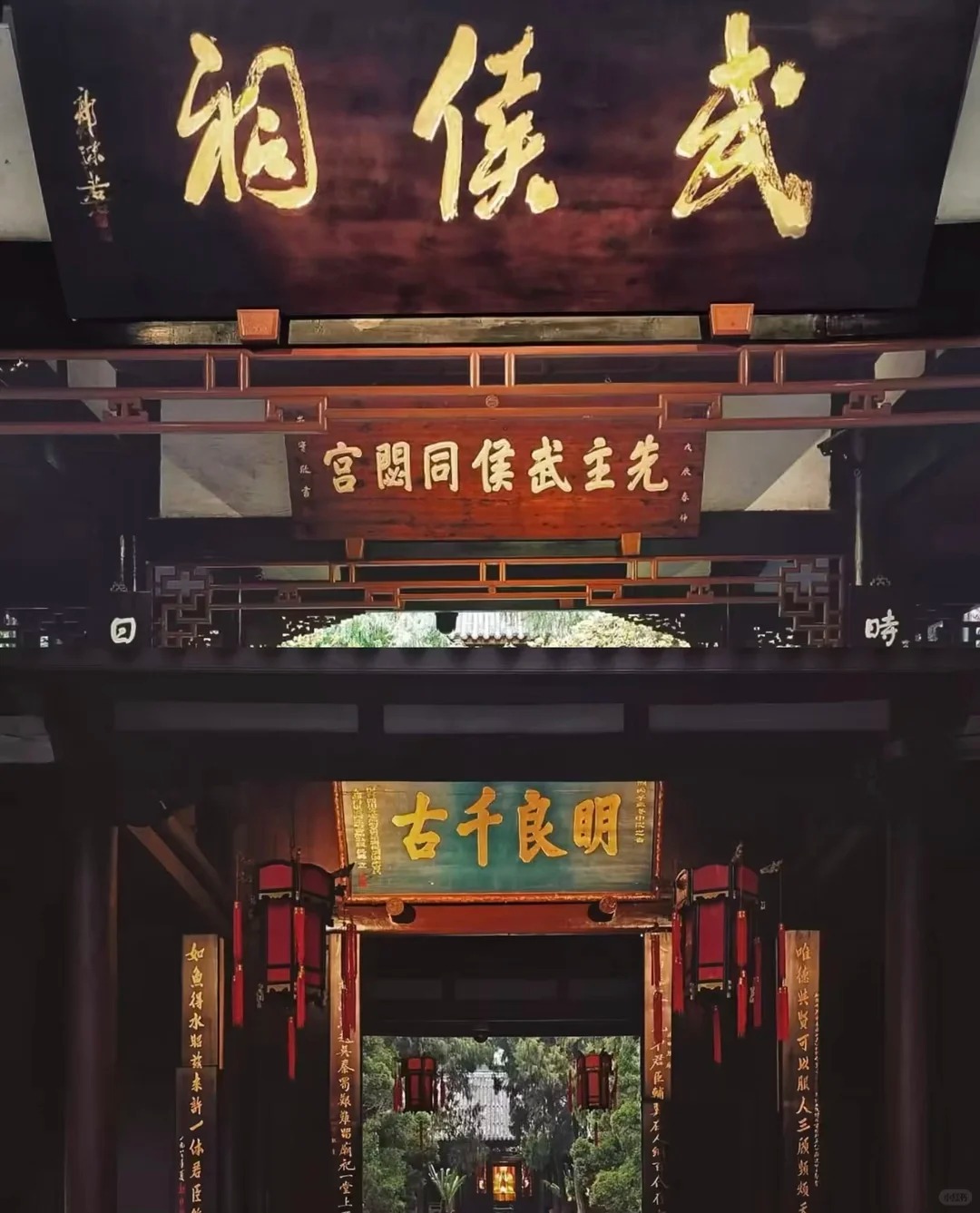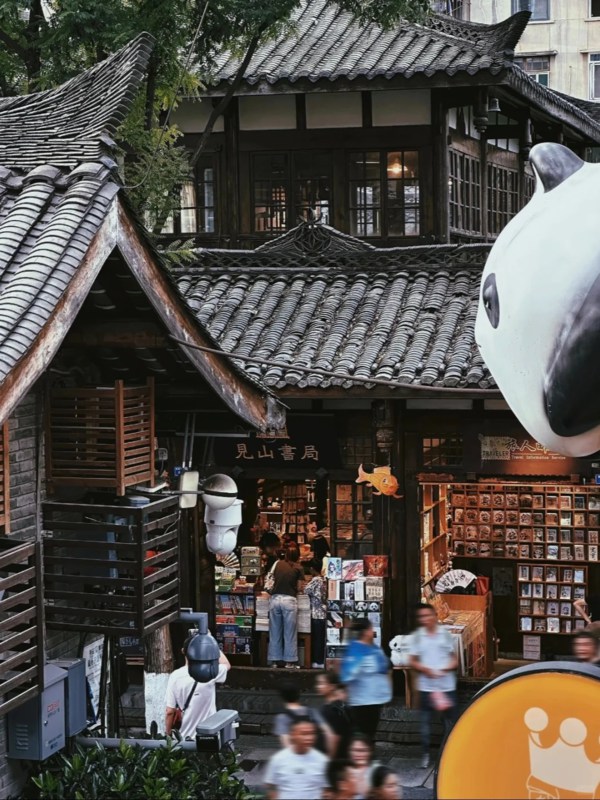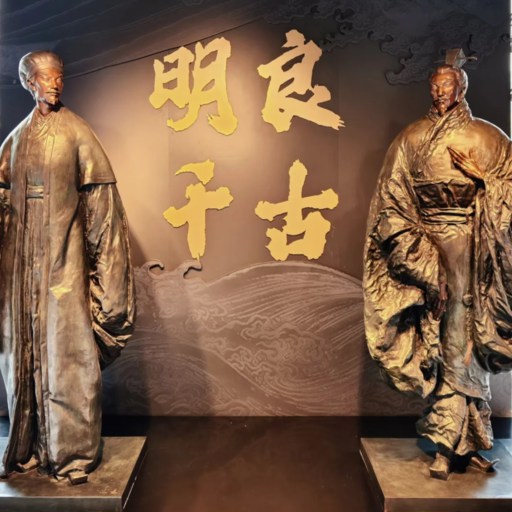Chengdu is a dynamic city well known for being home to giant pandas. Located right in the middle of Sichuan Province of China, Chengdu is a modernized city with a flowing blend of history and innovation with something to offer everyone, from natural wonders to cultural landmarks and delicious food. This guide paves the way for a visit to Chengdu by providing a complete activity plan for the year 2025. Chengdu has so much to offer that it can cater to every individual’s interests, whether exploring ancient historical sites, enjoying sizzling Sichuan flavors, or immersion in tranquil landscapes. It is quintessential, too, for an individual to indulge in the serenity the region offers to absorb the true beauty and charm of Chengdu fully.
What are the must-visit attractions in Chengdu?
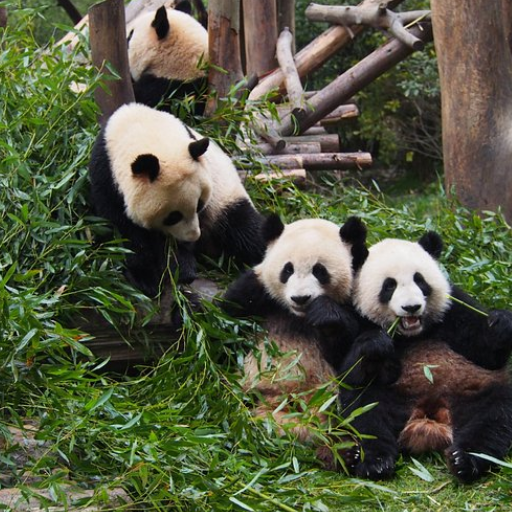
Studying Chengdu Research Base of Giant Panda Breeding
Panda lovers should make it a point to visit the Chengdu Research Base of Giant Panda Breeding, home to an extensive collection of these animals. The base is approximately ten kilometers from the City Center of Chengdu, making it easily accessible to the general public. This facility also undertakes the conservation, research, and breeding of giant pandas and other endangered animals. The Chengdu Research Base of Giant Panda Breeding features a variety of green enclosures where visitors can see the animals as they are being fed, playing with one another or climbing trees. To make it more educational, there are exhibits dedicated to panda biology, conservation, and breeding so that people leave the Chengdu Research Base informed and entertained. For an ideal experience, it is best to arrive early as pandas are most active in the mornings, especially when fed.
Exploring the Jinsha Site Museum’s History
Chengdu, China, is where the Jinsha Site Museum is situated and where the archaeological relics of the Jinsha civilization from over three thousand years ago are preserved. Their gold masks, finely carved jade tools, and ivory sculptures indicate their sophisticated spirituality. Along with the artifacts, the tombs, altars, and temples built within the city are open for visitors to wander and examine. Here, the relics are showcased for everyone to learn about how advanced the culture for science and art indeed was. The museum is a medium between emerging civilizations trying to understand deep-rooted China and its preserved artifacts.
Engaging with a Traditional Sichuan Opera Show
Sichuan opera is an outstanding example of complexity in performance art since it incorporates singing, acting, acrobatics, and the widely known specialty of “face changing,” which is specific to this genre. It originates from China's Sichuan province and is known for its mesmerizing visual appeal and vigorous displays. A key element is so-called mask changing, during which performers instantaneously change their masks to reflect the emotions of the character they portray or advancements in the storyline. This opera genre presents traditional Chinese tales, history, and comic performances with the accompaniment of an exuberant orchestra on the gongs, erhus, and bamboo flutes. Nowadays, Sichuan opera goes beyond the boundaries the region sets and serves as an artistic heritage while simultaneously linking to the modern world through its changeable dramatization.
How can I plan a perfect itinerary for Chengdu?
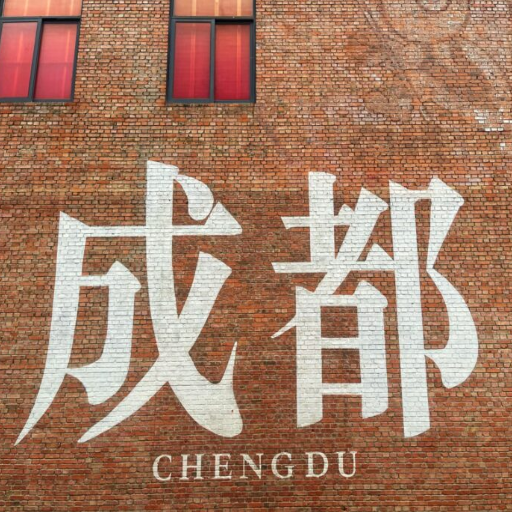
Day 1: City Center Point of Interest and Tianfu Square
I would recommend beginning your day by circling around the square of Chengdu, where the Chengdu Museum sits. It has straightforward exhibits detailing Sichuan’s history with artifacts and interactive displays that facilitates learning. Additionally, the Chengdu Museum is known for having nearby Chengdu’s statue of the famous Mao Zedong and water fountains. From there, you can come across People’s Park, a beautiful green area with traditional paddle teahouse boats, tai chi, and calligraphy for people to enjoy. Lastly, you can spend your evening on Chunxi Road, the most favorite local restaurant and dining area, serving as a central shopping region of Chengdu. This itinerary enables breathing freedom while indulging in various Sichuan cuisines fused with modern Sichuan history.
Day 2: Panda Base and Wenshu Monastery
Start Morning Chengdu Research Base of Giant Panda Breeding, a facility aimed at conserving, studying, and protecting pandas. Make sure to get there early to see pandas at their most active feeding time, along with informative exhibits regarding their breeding and habitat. Then, visit Wenshu Monastery, the best-preserved Buddhist temple in Chengdu. When visiting, be sure to appreciate its ancient architecture, serene gardens, and collection of Buddhist relics. These two destinations perfectly combine unique cultural immersion and interaction with wildlife.
Day 3: Day trip to Mount Qingcheng and Dujiangyan
Start your day with Mount Qingcheng, the birthplace of Taoism and a UNESCO world heritage site. Go hiking through its lush paths surrounded by ancient Taoist temples and dense vegetation, which contribute to the tranquil atmosphere of this sacred mountain. Then, you can move on to the Dujiangyan Irrigation system. This wonder of engineering from ancient China is still in use and serves as a perfect location for you to learn about its marvelous design and historical importance. This day consists of natural beauty, cultural heritage, and historical innovation, which makes it profoundly enriching.
What are the top cultural experiences in Chengdu?
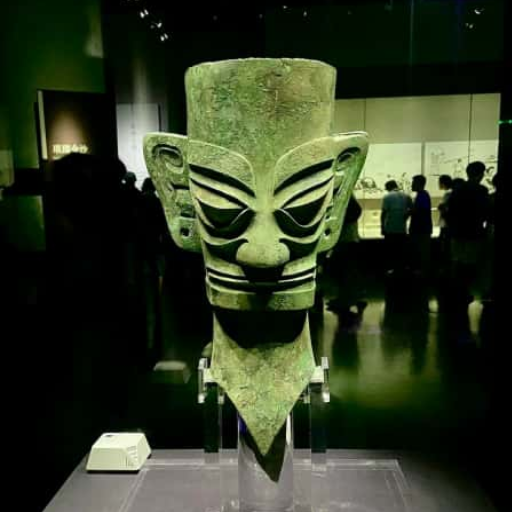
Walking along the historic Jinli Ancient Street Ancient Street.
Jinli Ancient Street is a unique attraction that portrays Chengdu’s rich historical and cultural customs. Labeled as one of the major attractions in the city, the street has numerous tea shops, craft stores, and local snack stores, which participate in the city's cultural heritage. The street is also famous for Sichuan opera and handicraft works. They say that for those who wish to experience the city's true essence, Jinli has plenty to offer. Visitors strolling along Jinli can enjoy various Sichuan delicacies, stunning handicrafts, and charming views of Chengu’s history.
Exploring fascinating Wuhou Shrine.
The Chengdu Wuhou Shrine is a shrine consecrated to Zhuge Liang, a famous strategist during the three kingdoms period, and a relic that preserves Chinese history. As for the monument itself, it is constructed in a classical style and surrounded by beautiful gardens, forming a peaceful setting suitable for traveling and contemplation. Among the stunning scenery is the tomb of bedeutender Liu Bei, decorated with sophisticated calligraphy and statues of the great historical heroes. More than just being a historical site, the temple complex serves as a window into ancient China and is a place one must visit for peace of mind, mind, body, and history.
Examining Chengdu Museum
At Tianfu Square, the Chengdu Museum is of great cultural importance because it is the center for the region's history and art. Apart from ancient relics and traditional Chinese artworks, the museum has an interactive section on Sichuan culture. A key highlight is the exhibition of puppets from Sichuan Opera, which sheds light on the region's performative traditions. Exhibits of Sichuan's development from an ancient metropolis to a modern city are also on display. The Chengdu Museum is a source of information on the region's historical and cultural context, which is enhanced by its contemporary architecture and expansive collection.
Where can I find the best Sichuan cuisine in Chengdu?
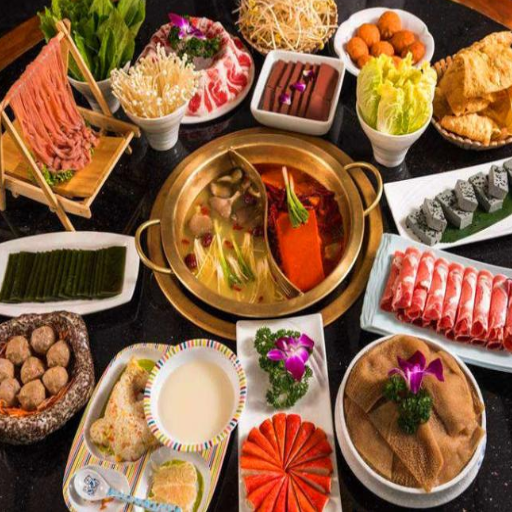
Relish genuine Chengdu hotpot.
To experience the best Chengdu hotpot, you should visit the top restaurants in the city. One of the reputed options is Haidilao Hot Pot, which is well known for its service and sourcing ingredients. Another hot favorite venue is Shujiuxiang Hot Pot, which reportedly features a spicy broth along with lots of Sichuan ingredients. Lastly, Tanyutou Hot Pot specializes in a fish type of hotpot that is different from the regular ones in taste. All of these restaurants serve Sichuan legends and legends with different tastes.
Tasting local street delicacies at Chunxi Road
Chunxi Road is a busy place that brings together modern-style Chengdu street foods in one place. Visitors can relish popular Sichuan snacks such as dan noodles, a spicy sesame-flavored dish, or try rabbit head, a local pepper and chili-seasoned local favorite. Also, do not forget to try Chuan Chuan Xiang, a spicy version of hotpot served with broth or sweet fermented rice balls, which starkly contrasts the savory dishes of the region. Besides the food, the road is known for its atmosphere and many traders, so it is a must-see destination for Chengdu street cuisine.
Experiencing a traditional tea house
A visit to Chengdu involves stopping by a traditional tea house, which is an excellent opportunity to appreciate the local culture by witnessing the tea-drinking customs of the region. Tea is not consumed only in tea houses; it is a socially binding ritual in which people engage and enjoy themselves. Some popular teas served include jasmine tea, Longjing (dragon well) tea, and biluochun, which are served in Taiwanese sets. The serving of tea is itself an exercise of savoir-faire. Trained attendants of the tea house serve with great precision and smoothness using long-spouted teapots. In addition to tea, most tea houses feature cultural events like performances of the Sichuan opera and the famous one “face changing”, making the experience even more entertaining.
What are some unique things to do around Chengdu?
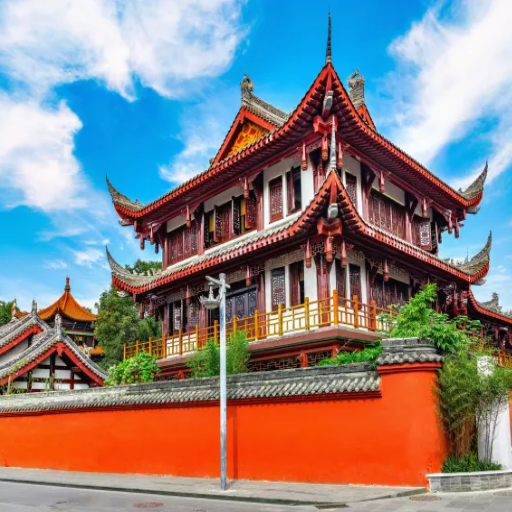
Experiencing a day trip to the Leshan Giant Buddha will be memorable.
The picturesque 71-meter statue of Leshan Giant Buddha offers visitors a breathtaking experience that is hard to forget. It is a UNESCO site and has over 1,300 years of history behind it. Though the statue is 2 hours away from Chengdu, it expects all visitors with breathtaking views. Tourists can take a boat ride to view the statue from the river or use the adjacent stairs, giving tourists access to the exquisitely detailed towering statue. With scenic hiking trails, the area also provides calming landscapes and temples, making it a unique natural spot for spiritually, historically inclined, or nature-loving tourists.
Sanxingdui Museum Exploration
This museum is about 40 kilometers from Chengdu, which makes it an obligatory stop for those passionate about ancient Chinese culture. This archaeological wonder has artifacts from the Sanxingdui civilization, which stood over 3,000 years ago. The most peculiar items on exhibit include the masterfully crafted phones, enigmatic bronze masks, stunning gold jewelry, delicately chiseled jade items, and earthenware that offer a glimpse into one of China’s finely woven relics but still mysteries. The museum boasts two contemporary display halls with a thorough focus on this ancient civilization’s craftsmanship, spirituality, and social structure, making the place a worthy place for all history lovers.
Trekking the Beautiful Qingcheng Mountain
Qingcheng Mountain, situated not too far from Dujiangyan City in Sichuan Province, is famous for hiking because it offers scenic views and an enriched history and culture. It is known to be the birthplace of Daoism; the enclosure is covered with rich forests, calm streams, and ancient temples, which makes it an excellent getaway for nature and spirituality enthusiasts. From arduous routes to more straightforward trails, the hiking tracks are available for every fitness level. Landmarks and sites such as Jianfu Palace, Tianshi Cave, and the Peak offer panoramic views. The picturesque views combined with the Taoist traditions makes it perfect for hikers and those interested in culture.
How can I experience both modern and old Chengdu?
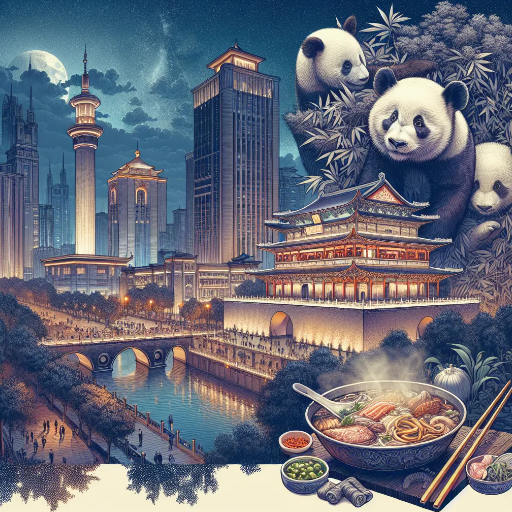
Comparing the Tianfu New Area to the Qingyang District and Its History
The Tianfu New Area is Chengdu’s major development zone, and its emblematic features are sophisticated urban design, advanced buildings, and a growing technology sector, which makes it a hallmark of Chengdu’s innovation and economic growth. Tourists may visit sites such as the Tianfu International Financial Center or indulge in scenic ecological parks built to facilitate the coexistence of nature and city life. In contrast, the Qingyang District showcases Chengdu’s ancient features with famous sites like the Qingyang Palace and other historical artifacts associated with Taoism and Buddhism. While strolling in, tourists can encounter exemplary Sichuan culture through ancient structures, tea houses, and local shops. Both regions provide a comprehensive view of Chengdu's modern culture colliding with historical Chengdu.
Exploring the Chengdu International Finance Square (IFS)
Chengdu IFS (International Finance Square) is one of the biggest shopping and entertainment destinations in Chengdu, China, set in the bustling Jinjiang District. Known for its international luxury brands, exquisite restaurants, and grand architecture, this area symbolizes modern-day affluence. The centerpiece of this shopping complex is the famous panda sculpture, a picture spot for many people and a landmark of Chengu’s innovative urban culture. The large retail, art shows, and IFS's many other services and features make it a favorite place for tourists and residents, making it a base for shopping, dining, and other cultural activities.
Digging Deeper Into the Kuanzhai Alley History Of Chengdu
Kuanzhai Alley or Wide and Narrow Alley is a famous landmark in Chengu, founded during the Qing Dynasty, Chengdu features a historic district that is undeniably captivating. This district comprises three sections: Kuan Xiangzi, Zhai Xiangzi, and Jing Xiangzi. These features include authentic Sichuan courtyard styles, architecture, local cuisines, crafts, and cultural performances. Along with serving as a nightlife hotspot with buzzing teahouses and bars, the Well Alley also features boutique shops and cafes in the Zhai Alley, which is also a neighbor to the Kuan Alley, which also has preserved historical buildings. The blend between Chengdu and Xiangzi has made it a popular tourist spot for those seeking a layered yet genuine cultural experience.
Reference sources
Frequently Asked Questions (FAQs)
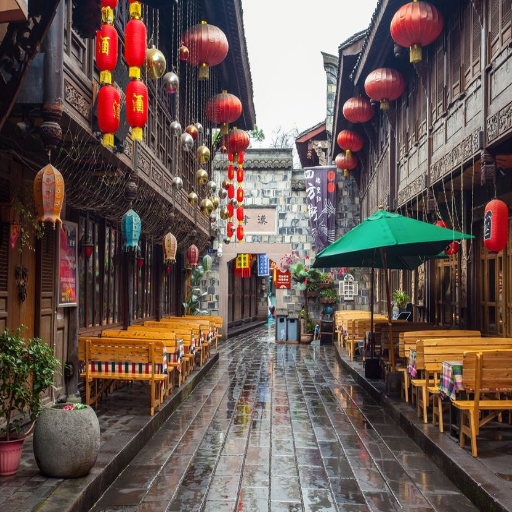
Q: What are the must-see things for first-time visitors to Chengdu to do?
A: First-time visitors to Chengdu should prioritize visiting the Chengdu Panda Base, exploring the ancient town of Jinli, touring Qingyang Palace, and experiencing the vibrant Chengdu food scene. These attractions offer a perfect blend of nature, history, and culture, making them essential stops on any Chengdu tour.
Q: How can I visit Chengdu Panda Base, and what's the best time to go?
A: To visit Chengdu Panda Base, take the Chengdu metro to Panda Avenue station or join a guided tour. The best time to visit is early morning (8-10 AM) when the pandas are most active. It's a top attraction in Chengdu and a highlight of any China tour, offering a unique opportunity to see giant pandas up close.
Q: What are some popular Chengdu attractions for history buffs?
A: History enthusiasts should explore Chengdu's rich past by visiting Du Fu Thatched Cottage, Wuhou Temple, and Jinsha Site Museum. These sites showcase the city's connection to the ancient Shu civilization and provide insights into Chengdu's cultural heritage.
Q: How can I best explore Chengdu's famous food scene?
A: To experience Chengdu's renowned cuisine, visit the bustling Jinli Old Street for traditional snacks, try hot pot at a local restaurant, and explore the Wide and Narrow Alleys for a mix of modern and traditional Sichuan dishes. Food tours are also available for those wanting a guided culinary adventure in Chengdu.
Q: What are some fun things to do in modern Chengdu?
A: Modern Chengdu offers plenty of exciting activities. Visit the Chengdu New Century Global Center for shopping and entertainment, explore the vibrant Taikoo Li area for trendy shops and cafes, or enjoy a night out in the Jiuyanqiao bar district. The city's modern side perfectly complements its historical attractions.
Q: How can I plan a day trip from Chengdu to nearby attractions?
A: Popular day trips from Chengdu include visiting the Leshan Giant Buddha, located southwest of Chengdu, and exploring Mount Qingcheng, a UNESCO World Heritage site. Both are easily accessible by public transportation or organized tours, offering a great way to see the beautiful landscapes near Chengdu.
Q: What's the best way to get around Chengdu during my visit?
A: Chengdu has an extensive public transportation system. The Chengdu metro is efficient for reaching many attractions. Taxis and ride-hailing services are also readily available. For trips to places in Chengdu that are further out, consider hiring a driver or joining a tour. Most attractions in the city center are within walking distance of metro stations.
Q: Are there any unique cultural experiences I shouldn't miss in Chengdu?
A: Don't miss the opportunity to see a Sichuan Opera performance, featuring the famous face-changing act. Visit a traditional teahouse in People's Park to experience local life, and consider taking a cooking class to learn about Sichuan cuisine. These experiences offer deep insights into Chengdu's cultural heritage.
